- Home
- Video Courses
- Certifications
- 70-461: MCSA Querying Microsoft SQL Server 2012/2014 Dumps


70-461: MCSA Querying Microsoft SQL Server 2012/2014 Certification Video Training Course
70-461: MCSA Querying Microsoft SQL Server 2012/2014 Certification Video Training Course includes 9 Lectures which proven in-depth knowledge on all key concepts of the exam. Pass your exam easily and learn everything you need with our 70-461: MCSA Querying Microsoft SQL Server 2012/2014 Certification Training Video Course.
Curriculum for Microsoft MCSA 70-461 Certification Video Training Course



70-461: MCSA Querying Microsoft SQL Server 2012/2014 Certification Video Training Course Info:
The Complete Course from ExamCollection industry leading experts to help you prepare and provides the full 360 solution for self prep including 70-461: MCSA Querying Microsoft SQL Server 2012/2014 Certification Video Training Course, Practice Test Questions and Answers, Study Guide & Exam Dumps.
Querying Microsoft SQL Server Using Transact-SQL (Exam 70-461)
Course Overview
The 70-461 course, titled Querying Microsoft SQL Server with Transact-SQL, is designed for professionals who want to deepen their understanding of SQL Server and the T-SQL language. This course provides learners with the skills needed to write queries that can efficiently retrieve, manipulate, and manage data within SQL Server databases. The course emphasizes practical experience, giving students the opportunity to work with real-world scenarios and datasets.
This course is ideal for database administrators, developers, and IT professionals who work with SQL Server. Whether you are preparing for the certification exam or simply want to improve your T-SQL skills, this course equips you with the knowledge to perform complex queries and handle various database management tasks effectively.
The curriculum focuses on several core areas of SQL Server. It covers querying data, modifying data, implementing functions and expressions, managing transactions, and optimizing queries for performance. Students will learn how to use T-SQL to create efficient queries that provide accurate results and improve the overall performance of SQL Server applications.
Hands-on exercises and practical examples are integrated into the course to reinforce learning. Students will gain experience in writing complex queries, joining tables, filtering results, and aggregating data. The course also includes modules on working with temporary tables, table variables, and error handling to ensure that learners are prepared to handle a variety of database scenarios.
Learning Objectives
Upon completing this course, students will be able to understand and write T-SQL queries that retrieve and manipulate data efficiently. They will gain expertise in filtering, sorting, and grouping data, as well as creating complex joins and subqueries. Students will also learn to implement transactions and error handling to maintain data integrity in their databases.
The course aims to build confidence in writing optimized queries. Learners will understand how to analyze query execution plans and identify performance bottlenecks. They will also be able to apply best practices in query design and optimization to ensure that their applications run smoothly even under heavy database loads.
Students will develop the skills to work with various types of functions, including aggregate, scalar, and ranking functions. They will learn how to implement built-in functions effectively in queries and calculations. This knowledge allows professionals to create more dynamic and flexible SQL scripts for reporting, analysis, and application development.
Modules of the Course
The course is divided into several modules, each targeting a specific aspect of T-SQL and SQL Server querying. Each module builds on the previous one, gradually increasing in complexity and providing learners with a comprehensive understanding of the subject.
Introduction to T-SQL
This module introduces students to the basics of T-SQL. It explains the structure of SQL queries, including the SELECT statement, FROM clause, WHERE clause, and ORDER BY clause. Students learn how to retrieve specific columns and rows from a table and apply basic filters to narrow down query results.
The module also covers how to use simple expressions and operators to manipulate data in queries. Learners explore arithmetic, comparison, and logical operators, understanding how these tools can enhance their queries and provide more meaningful results. The emphasis is on building a strong foundation in T-SQL syntax and query logic.
Querying Data
The Querying Data module focuses on writing complex SELECT statements to retrieve information from multiple tables. Students learn about joins, including INNER JOIN, LEFT JOIN, RIGHT JOIN, and FULL OUTER JOIN. They explore how relationships between tables can be leveraged to combine data and produce comprehensive results.
Students also study filtering techniques, using the WHERE clause with multiple conditions and logical operators. The module teaches how to filter data based on ranges, patterns, and specific criteria. Emphasis is placed on writing efficient queries that reduce unnecessary data retrieval and improve performance.
Grouping and Aggregating Data
This module covers techniques for summarizing data using GROUP BY and aggregate functions. Students learn to calculate totals, averages, counts, minimums, and maximums. They also explore the HAVING clause to filter grouped data based on specific conditions.
Advanced aggregation techniques, such as using ROLLUP and CUBE, are introduced to provide insights across multiple dimensions. Learners understand how these methods can be applied to real-world reporting and analytics scenarios.
Working with Subqueries
Subqueries allow queries to be nested within other queries, providing greater flexibility and complexity. This module teaches students how to write subqueries in SELECT, FROM, and WHERE clauses. They learn the differences between correlated and non-correlated subqueries and when to use each type.
Students practice using subqueries to solve practical problems, such as retrieving top-performing products, identifying customers with specific patterns, and performing calculations based on other query results. The module emphasizes clarity and efficiency in subquery design.
Implementing Functions
Functions are essential for performing calculations and transforming data in SQL Server. This module explores scalar functions, aggregate functions, and ranking functions. Students learn to apply functions to manipulate string, numeric, and date values within queries.
Advanced function techniques, such as creating computed columns and using window functions, are also covered. Learners develop the ability to produce more sophisticated and dynamic query results through function implementation.
Modifying Data
The Modifying Data module focuses on changing existing data in SQL Server tables. Students learn to use the INSERT, UPDATE, and DELETE statements. They also explore techniques to ensure data integrity and avoid unintended consequences when modifying records.
This module emphasizes transactional control, teaching students how to use BEGIN TRANSACTION, COMMIT, and ROLLBACK statements. Learners understand the importance of maintaining consistency and accuracy in the database while performing data modifications.
Managing Transactions
Transactions are critical for maintaining data integrity, especially in multi-user environments. This module covers transaction isolation levels, locking, and error handling. Students learn to implement transactions to protect data against inconsistencies and ensure that multiple operations are treated as a single unit of work.
By understanding transaction management, learners gain the ability to write robust applications that handle errors gracefully and maintain the reliability of the database under various conditions.
Error Handling
Error handling is an essential part of developing reliable SQL Server applications. This module teaches students to use TRY…CATCH blocks to handle runtime errors. They learn to identify common errors, implement custom error messages, and take corrective actions when issues arise.
Error handling ensures that applications continue running smoothly even when unexpected problems occur. Students gain the confidence to write queries and scripts that anticipate potential issues and respond appropriately.
Optimizing Queries
Query optimization is a key skill for any SQL Server professional. This module explores execution plans, indexing strategies, and query tuning techniques. Students learn to analyze how SQL Server processes queries and identify areas where performance can be improved.
The module emphasizes best practices for writing efficient queries, such as minimizing unnecessary joins, reducing row scans, and selecting appropriate indexes. Learners develop the ability to optimize both simple and complex queries for maximum performance.
Advanced Query Techniques
The Advanced Query Techniques module delves into more complex scenarios, including common table expressions, derived tables, and dynamic SQL. Students learn how to write queries that adapt to changing requirements and handle sophisticated data manipulation tasks.
This module provides learners with the tools to address real-world challenges in database querying. They gain experience in constructing queries that are both flexible and maintainable, enhancing their ability to support business needs effectively.
Practical Exercises
Throughout the course, practical exercises reinforce theoretical knowledge. Students work on scenarios that mimic real-world tasks, such as generating reports, performing data analysis, and managing transactions. These exercises help learners build confidence in their abilities and prepare for the 70-461 certification exam.
Review and Assessment
Each module concludes with a review section that reinforces key concepts and techniques. Students are encouraged to practice writing queries, solving problems, and testing their knowledge. Assessments provide feedback and identify areas where further study may be required, ensuring that learners are fully prepared for both professional application and certification purposes.
Course Requirements Overview
The 70-461 course is designed for individuals who already have some familiarity with databases and basic SQL concepts. While beginners can take the course, certain foundational skills will greatly enhance the learning experience. Understanding the course requirements ensures students are prepared to fully engage with the material and succeed in both the certification exam and real-world applications.
The course requirements cover technical knowledge, software prerequisites, and skills needed for effective participation. Meeting these requirements helps learners grasp advanced T-SQL concepts, handle complex queries, and implement efficient solutions in SQL Server environments.
Basic Knowledge of Databases
A fundamental understanding of relational database concepts is essential. Students should be familiar with database terminology such as tables, columns, rows, primary keys, foreign keys, and relationships. This knowledge allows learners to understand how data is structured and how it can be queried effectively.
Understanding relational database principles ensures that students can design queries that correctly retrieve and manipulate data. Knowledge of normalization, data integrity, and indexing principles will make it easier to optimize queries and avoid common pitfalls.
Familiarity with SQL
Prior experience with SQL is highly recommended. Students should know how to write basic SELECT statements, use WHERE clauses, filter data, and apply simple joins. Familiarity with aggregate functions such as COUNT, SUM, AVG, MIN, and MAX is beneficial for understanding more advanced topics.
A basic understanding of INSERT, UPDATE, and DELETE statements is also helpful. These operations form the foundation for modifying data in SQL Server, which is a core component of the 70-461 course. Students who are comfortable with these basics can focus on advanced T-SQL techniques without struggling with syntax.
Understanding of Database Management Systems
Students should have exposure to database management systems, especially Microsoft SQL Server. Familiarity with the SQL Server Management Studio interface, creating databases, and managing tables is advantageous. This knowledge allows learners to navigate the SQL Server environment efficiently and complete practical exercises effectively.
Awareness of database security principles, such as user permissions and roles, also supports learning. Understanding how access control works ensures that students can work safely with sensitive data and manage queries in secure environments.
Software Requirements
To participate in this course, students need access to certain software. Microsoft SQL Server is essential for running queries and practicing exercises. Using the latest version is recommended to take advantage of updated features and compatibility with modern T-SQL practices.
SQL Server Management Studio (SSMS) is required for executing queries, managing databases, and exploring database objects. SSMS provides a visual interface that makes it easier to write, test, and debug T-SQL scripts. Students should ensure that SSMS is installed and configured correctly before starting the course.
Hardware Requirements
While SQL Server is not particularly demanding in terms of hardware, a modern computer with sufficient RAM, processor speed, and storage is necessary. A multi-core processor and at least 8 GB of RAM are recommended for running SQL Server efficiently. Adequate disk space is needed for database files and temporary storage during query execution.
A reliable internet connection is important for accessing online resources, downloading software, and participating in any virtual labs or exercises provided by the course. Students should ensure that their hardware and software environment supports smooth operation of SQL Server and related tools.
Prerequisite Knowledge in Programming
Although not strictly required, basic programming experience is helpful. Understanding logic, conditional statements, loops, and functions aids in grasping T-SQL concepts. Programming experience also helps learners understand procedural code in T-SQL, such as using variables, control-of-flow statements, and error handling.
Students who have worked with other programming languages can transfer problem-solving skills to SQL Server. Logical thinking and structured programming approaches allow learners to write more efficient and maintainable queries.
Experience with Data Analysis
Exposure to data analysis concepts is beneficial for students taking this course. Understanding how to interpret datasets, calculate aggregates, and analyze trends provides context for using T-SQL functions and queries effectively. Data analysis experience helps learners design queries that produce actionable insights.
Students who have worked with reporting tools or business intelligence platforms will find it easier to connect course content with real-world applications. They can see how T-SQL queries underpin reports, dashboards, and data-driven decision-making processes.
Familiarity with Reporting and Business Intelligence
Knowledge of reporting and business intelligence concepts enhances the learning experience. Students should understand how data is used in reporting scenarios, such as generating summaries, charts, and key performance indicators. This understanding helps learners appreciate the importance of writing efficient queries and using functions correctly.
Familiarity with reporting tools such as Power BI, SSRS, or Excel can provide additional context. Learners who understand how T-SQL queries feed into reports can apply course concepts more effectively and see the practical impact of their work.
Time Commitment and Learning Approach
The 70-461 course requires a significant time commitment. Students should be prepared to dedicate consistent study hours to reading, practicing queries, and completing exercises. Practicing regularly helps reinforce concepts and builds confidence in writing complex queries.
A proactive learning approach is essential. Students should actively engage with course material, experiment with queries, and explore alternative solutions. Hands-on practice is crucial for mastering T-SQL and performing well in both the exam and real-world scenarios.
Troubleshooting and Debugging Skills
The ability to troubleshoot and debug queries is a key requirement. Students should develop skills in identifying syntax errors, logic errors, and performance issues. Understanding how to read error messages, analyze execution plans, and adjust queries accordingly ensures efficient problem-solving.
Debugging skills also help learners maintain data integrity and optimize performance. By learning to detect and correct issues early, students can avoid costly mistakes and ensure that their queries run smoothly.
Commitment to Certification Goals
For students pursuing the 70-461 certification, commitment to exam preparation is essential. Familiarity with exam objectives, question formats, and time management strategies enhances success rates. Students should be willing to practice under simulated exam conditions and review areas where improvement is needed.
Preparation for certification also involves understanding the weight of each topic and prioritizing study accordingly. Commitment to focused learning ensures that students gain both practical skills and the knowledge needed to pass the exam.
Recommended Background Reading
Students are encouraged to review foundational materials before starting the course. Topics such as relational database design, SQL syntax, basic queries, and database management concepts provide a solid starting point. Reading official documentation, tutorials, or introductory books on SQL Server can be highly beneficial.
Familiarity with common database scenarios, such as retrieving customer records, calculating sales totals, or joining multiple tables, provides practical context. Students who review these concepts beforehand can engage with advanced topics more effectively.
Comfort with Structured Query Logic
Understanding structured query logic is essential. Students should be comfortable with logical expressions, conditional statements, and Boolean operations. This comfort allows them to construct complex queries with multiple conditions and filters.
Structured thinking also helps learners understand subqueries, joins, and advanced T-SQL techniques. The ability to visualize query flow and anticipate outcomes is a key skill for success in this course.
Prior Exposure to Indexing and Performance Concepts
Basic knowledge of indexing and performance optimization is helpful but not mandatory. Students who understand how indexes improve query efficiency can better appreciate optimization techniques covered in the course. Awareness of clustered and non-clustered indexes, as well as their impact on query performance, provides a solid foundation for advanced topics.
Understanding query execution plans and how SQL Server processes queries helps learners identify and resolve performance bottlenecks. Students with prior exposure to these concepts can focus more on practical application and optimization strategies.
Willingness to Engage in Hands-On Labs
The course relies heavily on hands-on labs to reinforce learning. Students must be willing to actively participate in these exercises, experiment with queries, and explore different approaches. Engagement in labs ensures that theoretical knowledge is converted into practical skills.
Active participation also helps learners retain concepts and develop confidence in writing T-SQL queries. Students who embrace hands-on practice are better prepared for both the certification exam and real-world SQL Server tasks.
Understanding of Data Types and Conversions
Students should be familiar with SQL Server data types and how to convert between them. Knowledge of integers, decimals, strings, dates, and null values is crucial for writing accurate queries. Understanding data type compatibility and implicit conversions helps avoid errors and ensures correct query results.
Mastery of data types also supports the use of functions, calculations, and expressions. Learners can confidently manipulate data and apply complex transformations as required.
Comfort with Multi-Table Queries
The ability to work with multiple tables is a key requirement. Students should understand table relationships, primary and foreign keys, and how to join data from different sources. Comfort with multi-table queries enables learners to tackle more advanced exercises and real-world database challenges.
Understanding how to combine, filter, and aggregate data across tables is central to writing effective queries. Students who have practiced multi-table queries before the course will have a smoother learning experience.
Student Feedback
Similar Microsoft Video Courses




































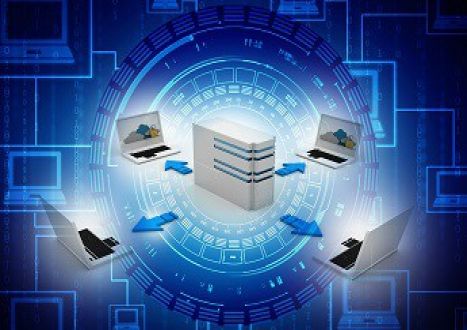



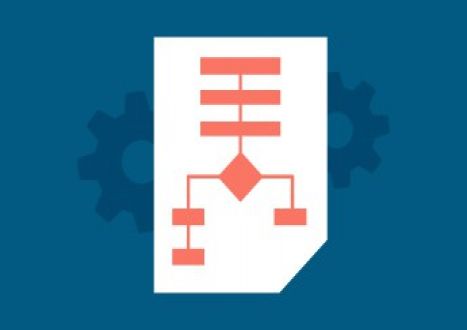















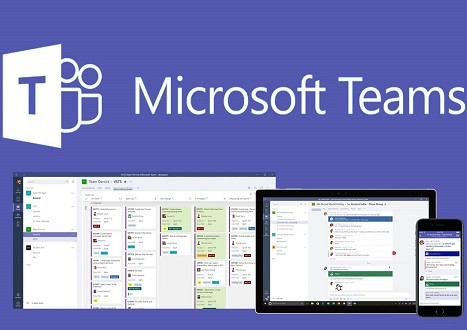



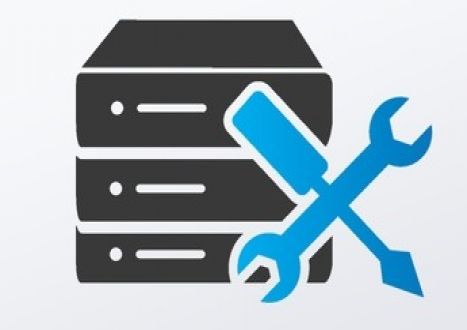




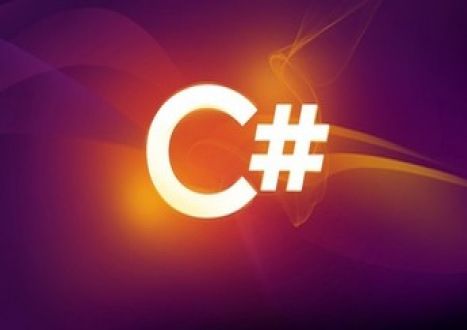




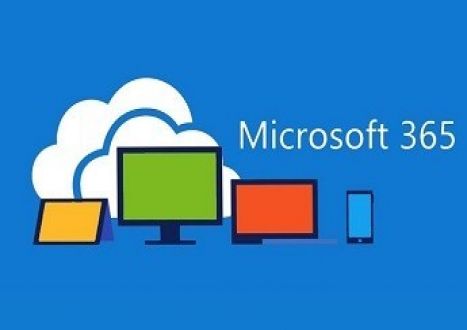


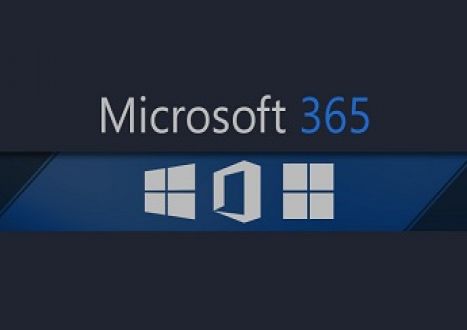









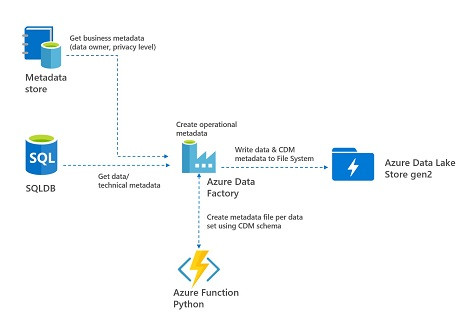




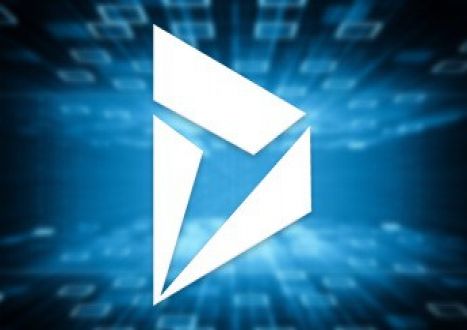












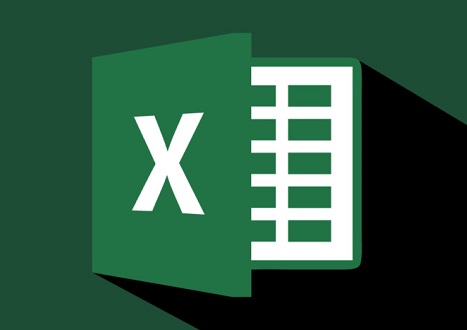


















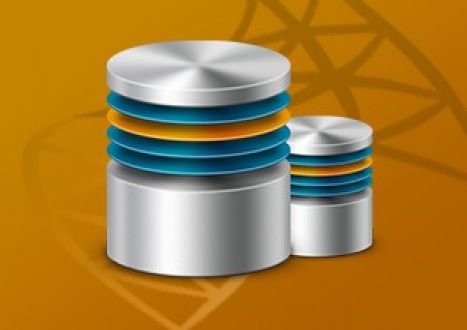


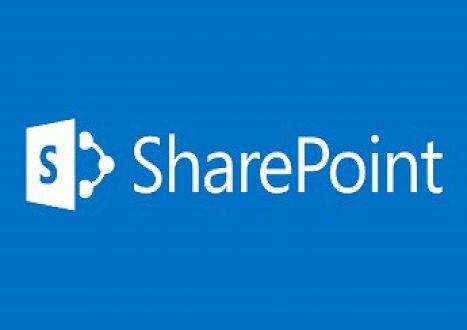















































































































Only Registered Members Can Download VCE Files or View Training Courses
Please fill out your email address below in order to Download VCE files or view Training Courses. Registration is Free and Easy - you simply need to provide an email address.
- Trusted By 1.2M IT Certification Candidates Every Month
- VCE Files Simulate Real Exam Environment
- Instant Download After Registration.
Log into your ExamCollection Account
Please Log In to download VCE file or view Training Course
Only registered Examcollection.com members can download vce files or view training courses.




